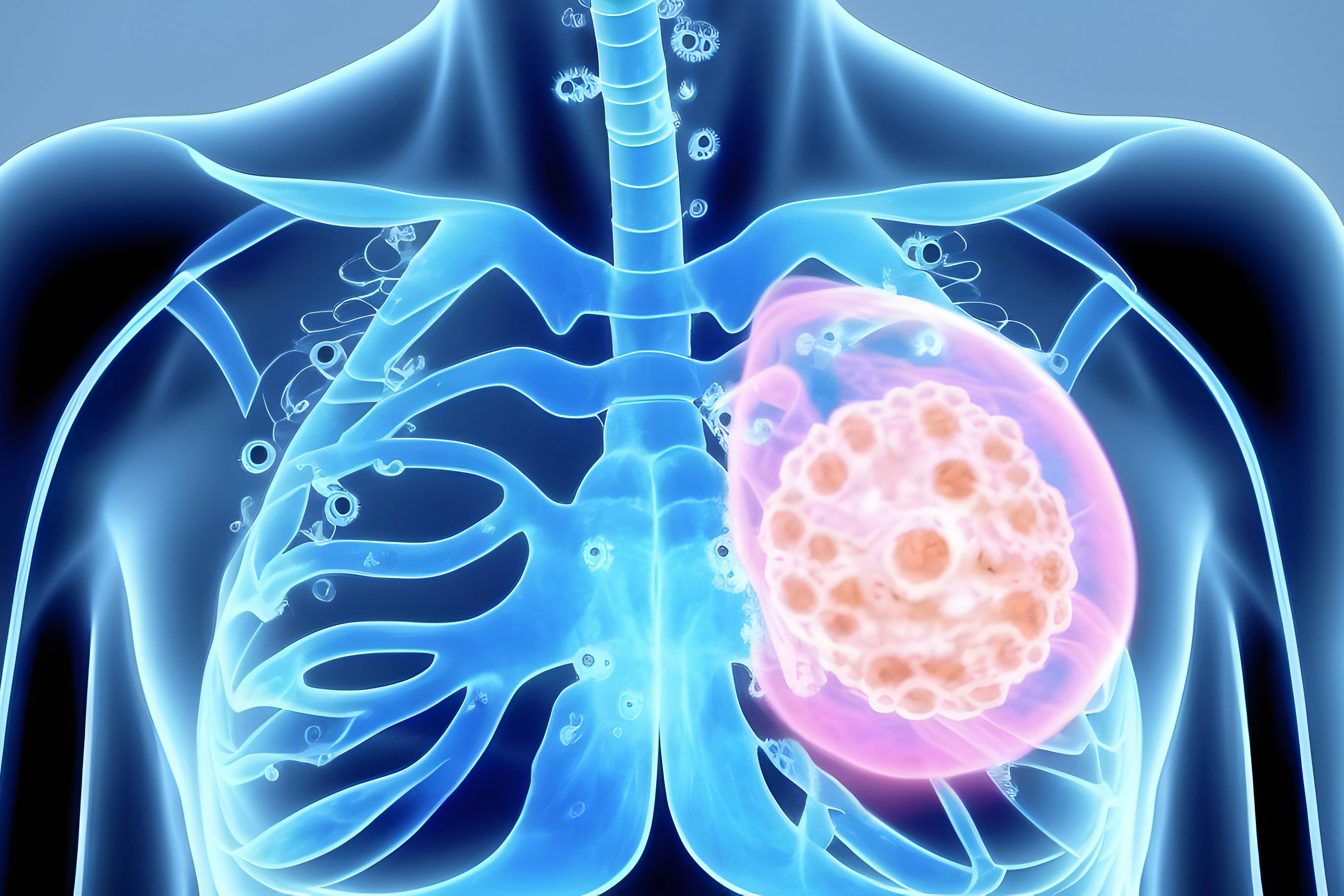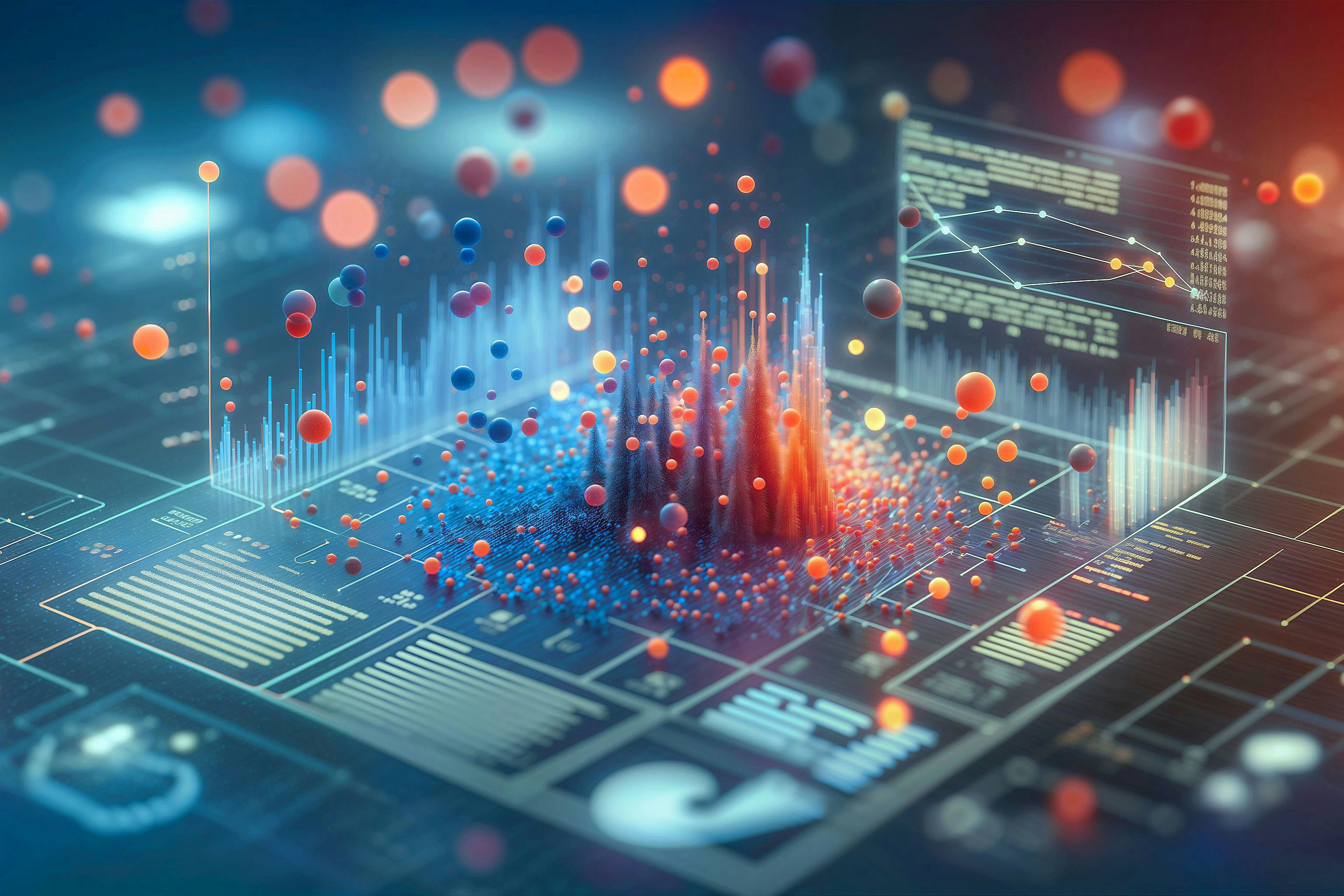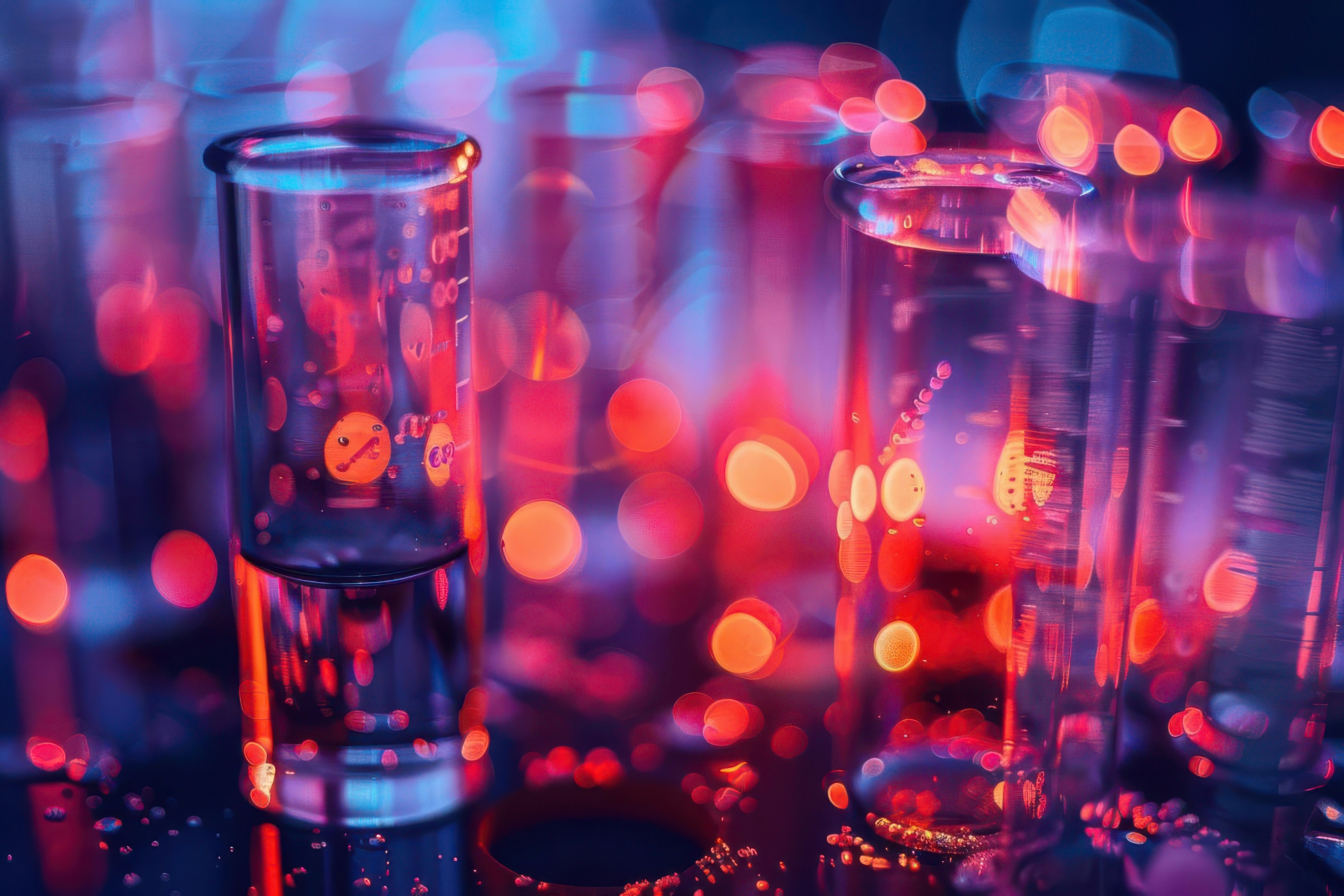The production of therapeutic proteins offers significant potential in treating a wide range of diseases, but the process remains complex and resource intensive. Unlike the well-established methods for nucleic acid synthesis, in vitro protein synthesis demands substantial experimental input and precision. Variability in yields between production batches and across different laboratories further complicates efforts to standardize and scale up these processes[1,2]. These inconsistencies pose serious challenges for biomanufacturers, affecting both efficiency and reliability in protein production.
Automation, particularly the integration of artificial intelligence (AI) with advanced automated systems, presents a transformative opportunity for biomanufacturing. This powerful combination can significantly reduce the technical burdens of repetitive tasks, enhance consistency in protein yields, and ensure the high purity required for biopharmaceutical applications.
By implementing these innovations, the industry could not only streamline production processes but also accelerate the availability of protein-based therapies, ultimately driving down costs and improving access to these vital treatments.
Components and benefits of automation
At the core of automation are advanced systems and algorithms designed to function independently, without the need for human intervention. Any component used for automation possesses at least one of these three components (Figure 1):
Robotics
- Robots are machines that are programmed to perform automated tasks across the Cartesian coordinate system: the x-axis, y-axis, and z-axis. There are eight distinct types of robots, ranging from articulated and SCARA to collaborative and mobile robots, each capable of operating independently or as part of a larger production line[3]. In biological workflows, these robots are commonly used to dispense, mix, and aspirate liquid reagents, significantly enhancing precision and efficiency.
Machine learning (ML)
- ML is a branch of AI that identifies patterns from complex datasets and uses it to perform various tasks. ML has already been used to synthesize biotherapeutics, where algorithms are used to monitor and modify recombinant protein production protocols[4]. Additionally, ML can identify patterns in protein sequences that influence folding and yield within specific synthesis workflows[5].
Cloud-based platforms
- Cloud-based software links robots and ML algorithms into a centralized system. They provide a central location to access experimental data and facilitate data analysis between teams and companies. Cloud computing has helped conduct absolute and relative free energy predictions to assess ligand-protein binding[6]. A similar approach could facilitate predictions that would optimize protein synthesis production.



Figure 1.
Automation offers several key advantages in the synthesis of proteins, such as monoclonal antibodies[7]:
- Reproducibility: Repetitive tasks performed by humans can lead to stress, increasing the likelihood of technical errors[8]. Such errors can disrupt protein synthesis protocols, where even minor deviations in reagent concentrations can significantly impact yields during synthesis and purification. Automated liquid handlers mitigate these risks by reducing human error, making laboratory work more reproducible and efficient.
- Speed: Robots can process dozens or hundreds of samples simultaneously, increasing the speed of results.
- Safety: The production of certain biotherapeutics commonly features scientists handling cytotoxic proteins and reagents. For instance, antibody-drug conjugates (ADCs) contain toxic payloads that lyse target cells at micromolar concentrations. Using sterile and isolated machinery reduces the risk of toxin exposure and facilitates regulatory approval for therapeutic manufacturing.
Streamlining CFPS with automation
CFPS (CFPS) is a versatile method for generating proteins without the use of living cells. In this process, essential cellular components—such as DNA templates, amino acids, cofactors, nucleotides, and buffers—are combined in a reaction vessel to drive protein synthesis. CFPS can be adapted to various cell-free systems, each optimized for producing specific proteins . However, with the flexibility of CFPS comes the critical need to monitor component concentrations closely (Figure 2). Without careful oversight, protein yields can decrease, and the risk of producing misfolded proteins increases[9].

Figure 2.
Automation can help simplify protein synthesis when producing biopharmaceuticals with CFPS. For example, advances in microfluidics have made it possible to produce single-domain proteins up to 164 amino acids long through flow chemistry[10]. Similar advancements in scaling up CFPS are achievable through automation for several key reasons:
- Precise volume transfer and mixing:
The biomolecular composition of a CFPS buffer affects protein kinetics[11]. Automated liquid handlers can perform precise volume transfers at nanoliter volumes. This allows more resource allocation for experimental design and data analysis. - High-throughput production:
CFPS reactions are typically performed in microliter-scale volumes. Robots can transfer these volumes across well plates and other miniaturized reaction vessels. At this scale, automated setups could enable the synthesis of hundreds of proteins within a single reaction vessel. - Scalable data collection:
The success of protein production is determined by measuring several variables, such as fluorescence reporter levels and protein concentrations from Western Blots (Figure 3)[12]. CFPS supported by automation would also comprise interfaces and software that can measure indicators of protein concentrations. Centralizing data collection this way helps to fine-tune conditions to maximize protein production.

Figure 3.
Standardizing automation for protein synthesis
Automation offers substantial potential for streamlining protein synthesis. However, three major challenges remain as automation continues to be integrated into workflows, particularly in standardizing protein production and purification across diverse protein families:
- Precision in reagent handling:
The accurate addition of components is crucial for maximizing protein yields in cell-free and recombinant production. The granular nature of transcription and translation means that small volume deviations can adversely affect protein synthesis. - Refining synthesis conditions:
Multiple factors inherent in biomolecular components can affect protein yields in CFPS. For example, codon bias, where cells prefer certain codons to translate amino acids, can impact recombinant protein yields. Even synonymous codon changes can alter protein conformation and stability[13,14] Additionally, structural features like secondary mRNA structures at the 5' end can influence protein translation[15]. - Cost of automation:
Automating basic tasks in biomedical research remains expensive. Fully automating a lab can cost over a million dollars[16], a prohibitive expense for most research labs. Moreover, choosing the wrong equipment can hinder research if desired experimental outcomes aren't achieved.
Full automation in protein synthesis unlocks vast potential for academic and biopharmaceutical research. By addressing challenges like batch-to-batch variability, automation can consistently deliver high-quality proteins. However, to fully harness this power, the protein production pipeline must be standardized, with optimized conditions to ensure maximum yields and integrity.
Work With Us
The Tierra Protein Platform is revolutionizing protein production with its cutting-edge, standardized approach. Leveraging proprietary technology, Tierra’s platform already enhances cell-free expression systems to optimize production for specific protein classes. Now, Tierra is taking innovation to the next level by integrating advanced machine learning. This breakthrough technology identifies and clusters proteins with similar synthesis levels under specific growth conditions, enabling unprecedented efficiency. By grouping proteins with similar characteristics in the same run, Tierra significantly boosts the throughput of protein synthesis, setting a new standard in the industry.
Visit our ordering portal or contact us today to discover how the Tierra Protein Platform can transform your custom protein synthesis with unmatched efficiency and precision.




